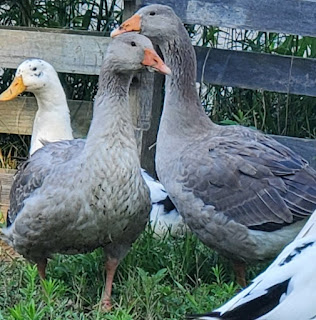We are adding goats to the farm this year. We looked and found the best breed for our small farm. We needed a goat that could provide both milk and meat. We looked at many breeds. We looked at several dairy breeds such as Toggenburg, Nubian, and La Mancha. We looked at the goat breeds on conservation list. We looked at all of the breeds and cut it down to Golden Guernsey, Oberhasli, and Spanish. None of those breeds truly offered what we wanted from the goats.
When we first got goats many, many years ago we had gotten some Nigerian Dwarfs. We loved them, but they were a bit too small for our needs. We really wanted a goat that could provide milk for making cheese and soap, provide some meat for out table, could be breed year round, that had a laid back easy going attitude, and was small enough for my five foot nothing self to handle. They also needed to be child friendly.
When we first had looked at getting goats there was a breed that he found and wanted. This breed would check off all the items on the list we had for what we wanted from goats. We had looked for almost 2 years before we gave up and went with the Nigerians. Recently in our search for goats the breed popped up. No they are not endangered nor are they classified as a heritage breed. They do check off all the other things we wanted from a goat breed.
We looked and found several breeders who had kids available or were able to put us on a list for future kids. We will be adding Kinder goats to our farm. They are not a breed you will find on any of the goat lists. They never seem to make the lists for meat, dairy or dual purpose goats.
Kinder goats are medium size goats.
We have a deposit down on a buckling. We hope to be able to pick him up in the next few weeks.
Now to find some girls for him. Although I do not plan to breed the goats for at least a year so I can spend the time with them getting to know their personalities.

.jpg)

.jpg)




